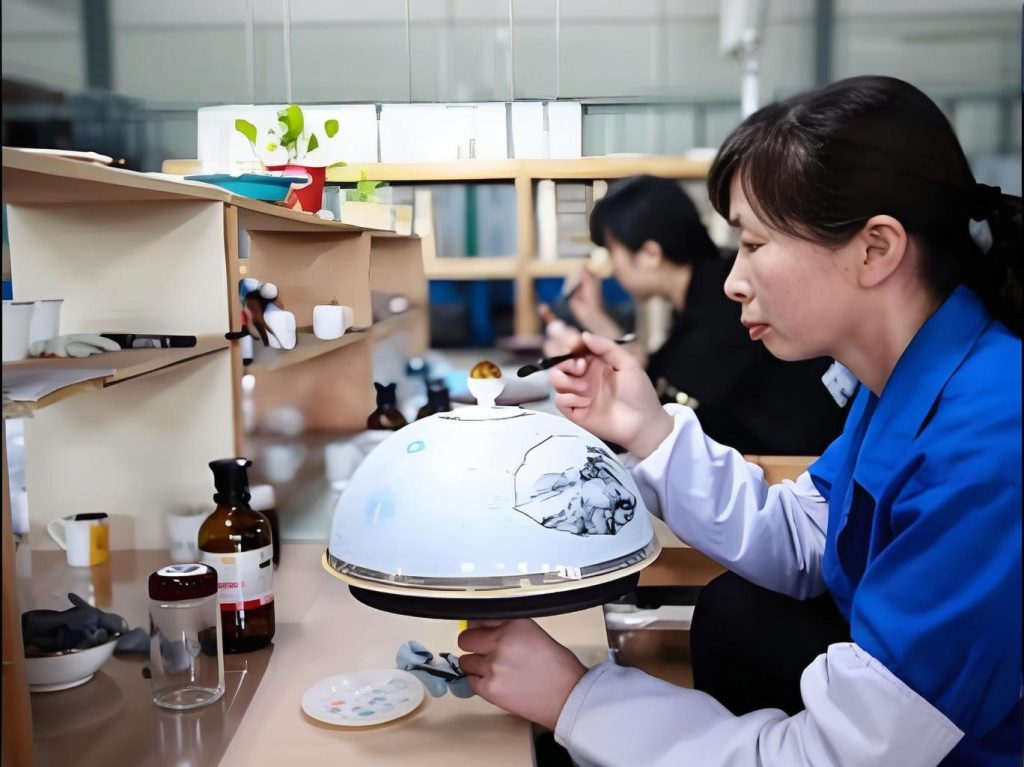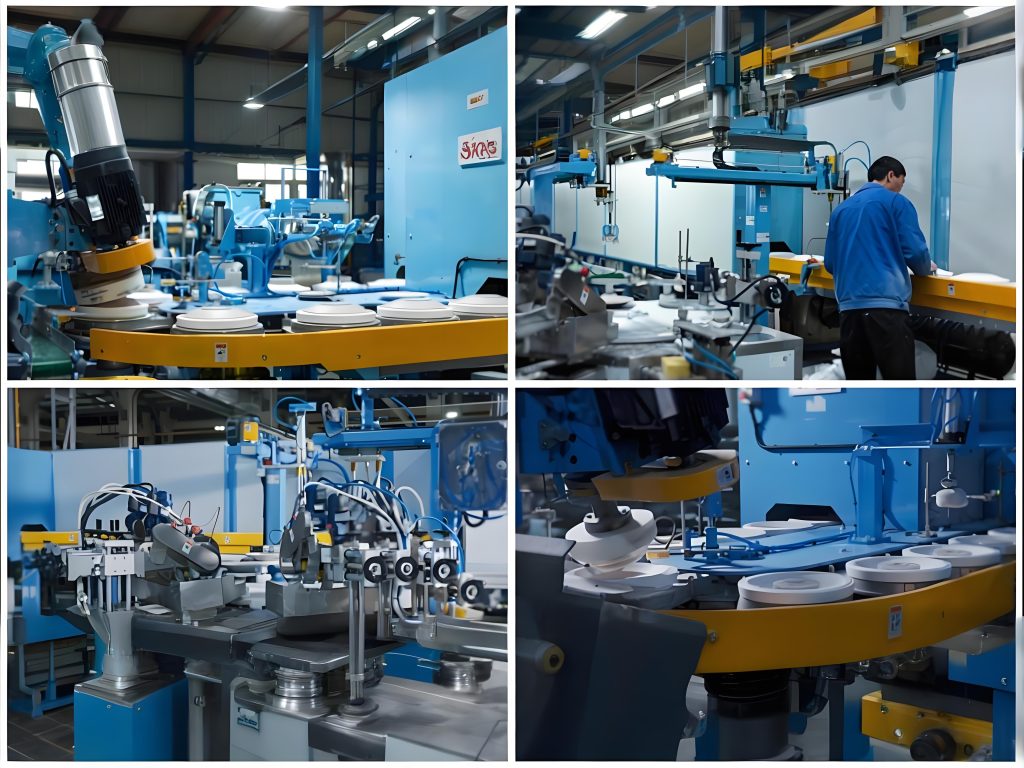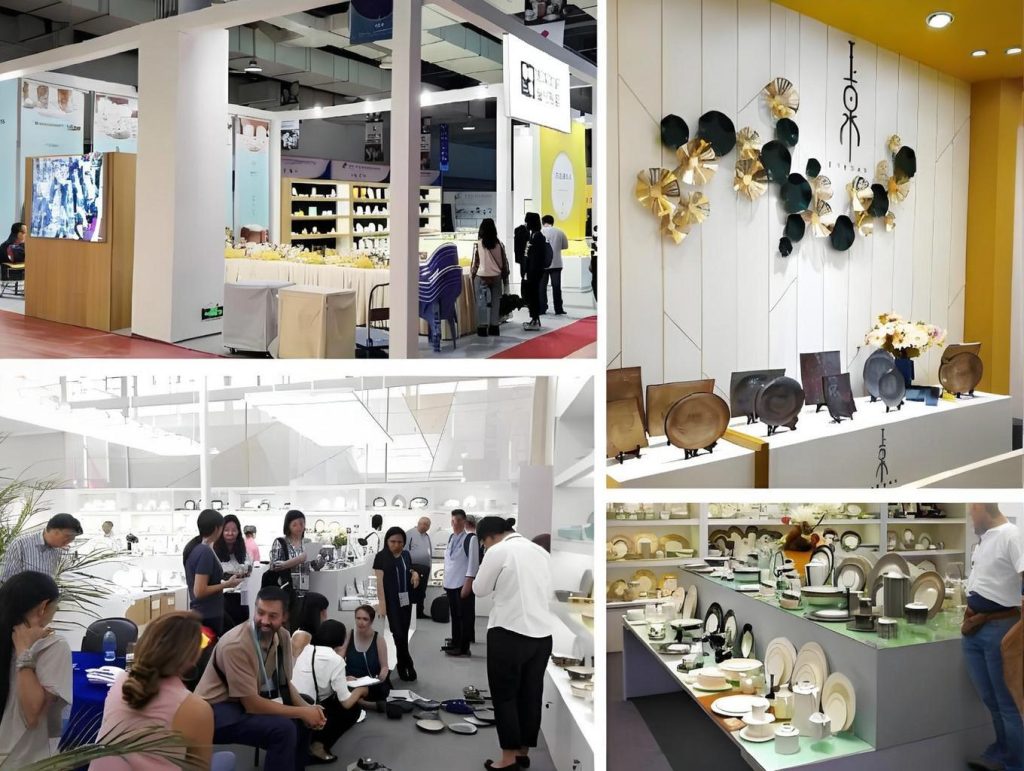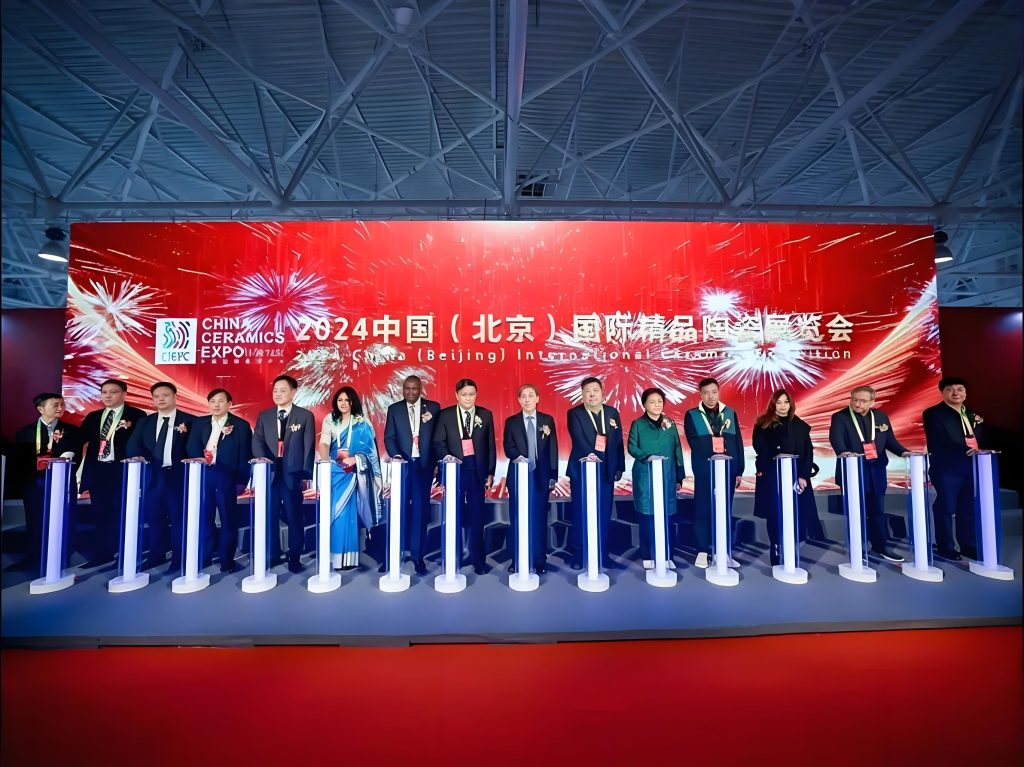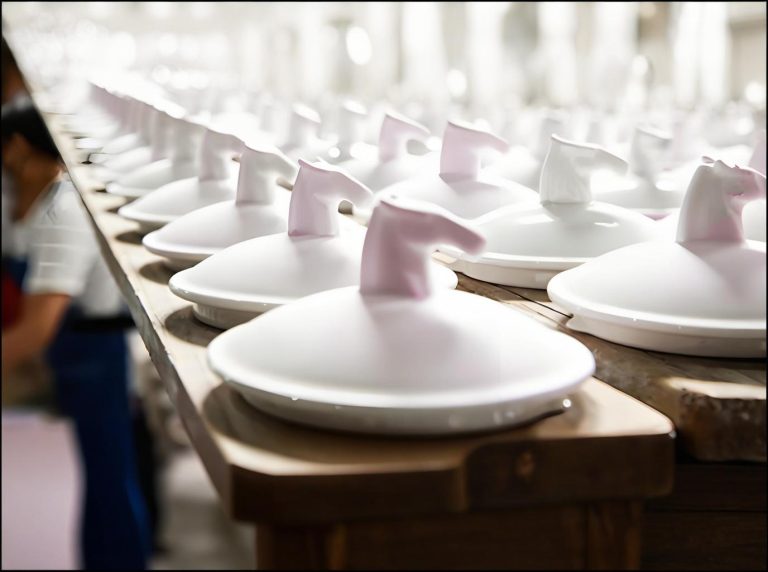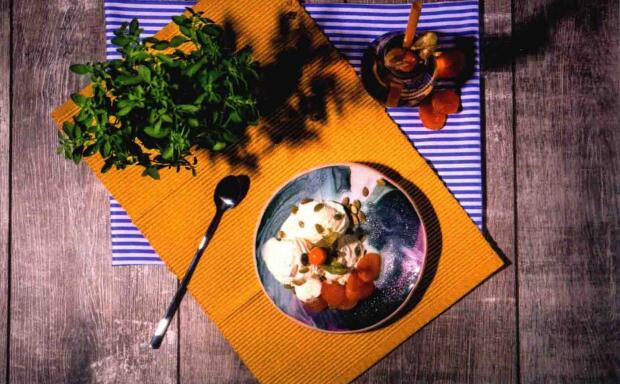Hotel Dinnerware Secrets: Why Don’t Five-Star Plates Break?
Ever wonder why hotel dishes look so delicate yet survive hundreds of uses daily? Last month at a Hilton, I dropped a porcelain plate. It just spun around a few times. Totally fine. That got me curious: what’s the secret behind hotel dinnerware?
Not All Dishes Can “Survive” Hotels
A hotel purchasing manager with 15 years’ experience shared the truth on Quora: Regular home dishes in hotels? They’re toast in three months.
On Reddit’s r/HospitalityManagement, someone did the math. A 200-room hotel restaurant washes 800-1200 dishes daily. That’s… well, you do the math. At that intensity, Ikea’s $99 set wouldn’t last a week.
Real hotel dinnerware meets these crazy standards:
- Drop resistance: Must survive falling from 1.5 meters at least 5 times
- Scratch resistance: Thousands of knife scrapes without visible marks
- Dishwasher-proof: Handles 80°C heat and strong alkaline detergents
- Stacking stability: Stack 50 plates, bottom one stays perfect
No wonder my “bone china” yellowed after six months…
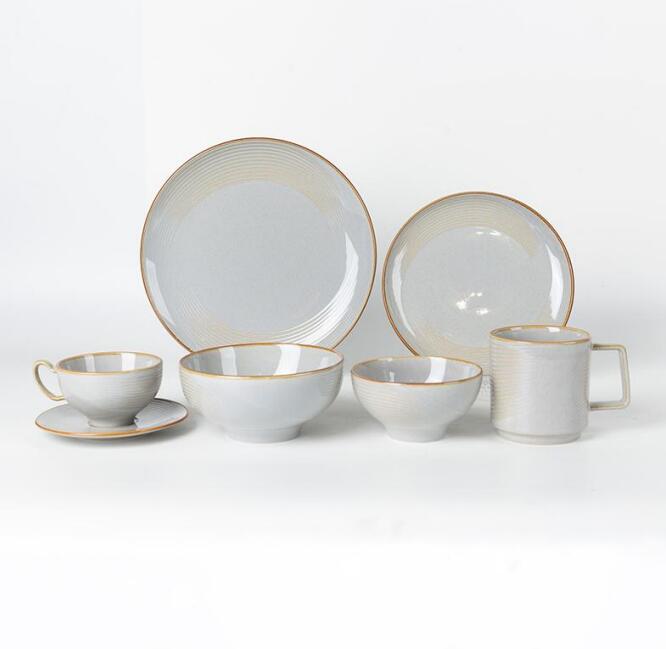
The Material Debate: Bone China vs. Vitrified vs. Magnesia
This topic starts wars on Reddit.
Bone china supporters (mostly European hotel managers) argue:
- 45% bone ash content gives excellent translucency
- Looks premium
- But it’s expensive and not as tough as claimed
- One British hotelier complained: “Bone china looks beautiful, but we reorder monthly. Exhausting.”
Vitrified china fans (mainly US chain hotels) have practical reasons:
- High alumina content makes it 3x harder
- 40% cheaper than bone china, 60% lower breakage rate
- “Our Hilton properties use this. Five years later, still looks new.”
But a veteran tableware manufacturer on Quora impressed me:
“Don’t get fooled by materials. What matters is firing technique and glaze treatment. For Ritz-Carlton supplies, every batch passes 17 quality checks. Six test ‘invisible things’—like glaze microstructure and internal porosity.”
This made me realize: it’s not the material. It’s the craftsmanship.
How Hotels Actually Choose Dishes: 5 Insider Rules
After digging through Quora and Reddit, I found some fascinating points:
1. White Isn’t Just White
Think hotels use pure white? Wrong.
- Luxury hotels use “warm white” (creamy tone), makes food look better
- Budget hotels use “cool white” (bluish), hides stains better
- A Michelin restaurant manager said: “Our white plates are actually 7% beige. Guests never notice.”
2. Weight Is Mysterious
- Too light: Feels cheap, servers hate carrying it
- Too heavy: Dishwashers complain (fair enough)
- Sweet spot: A 10-inch plate weighs 450-550 grams
Someone on Reddit did an experiment. Same food on light vs. heavy plates. 50 people tested blindly. Result: 78% thought food on heavy plates was “more expensive.”
3. Edge Secrets
Notice hotel plates have thickened edges?
- Not for looks. 90% of damage happens at edges.
- Premium brands coat edges with ultra-thin metal oxides. Invisible to eyes. Boosts impact resistance 40%.
4. Shape Determines Fate
- Round plates: Classic but boring, rolls easily
- Square plates: Great presentation, corners chip easily
- Irregular shapes: Instagram-friendly, dishwasher-hostile
- A Japanese restaurant owner said: “Our irregular plates break 3x more. But photo rate is 10x higher. Worth it.”
5. Always Keep 30% Extra
Industry standard: Own 100 sets? Stock 30 backups.
- Even best dishes break eventually
- Brands might discontinue series
- You never know when business suddenly booms
Overlooked Details
While researching, I found rarely mentioned points:
Bottom Secrets
Flip a hotel plate over. You’ll see:
- Brand logo (prevents theft)
- Rough circular grooves (anti-slip, prevents sliding when stacked)
- Some premium ones have barcodes (inventory management)
Sound Testing
A tableware manufacturer’s quality inspector revealed: They tap each piece, listening for hidden cracks.
- Good porcelain sounds crisp, rings 3-5 seconds
- Damaged ones sound dull, stops in 1 second
- “I can predict a plate’s remaining lifespan within 20% accuracy” (pretty cool skill)
Dishwasher Showdown
A Reddit thread tested different brands’ dishwasher durability:
- German brand: Perfect after 2000 cycles
- Chinese brand: Glaze fogs after 500 cycles
- French brand: Gold trim fades after 1500 cycles (though they advise against dishwashers)
What Insiders Actually Buy
Whether you’re a hotel buyer or want “hotel-grade” dishes at home:
Check Three Certifications
- NSF certification (USA): Food safety level
- FDA certification (USA): Material safety
- ISO quality certification
Ask Three Questions
- “Which hotels have you supplied?” (Track record matters)
- “Can you provide breakage data?” (Legit manufacturers have this)
- “What’s your after-sales policy?” (Critical—nobody wants to replace everything in six months)
Touch and Tap
- Glaze should feel mirror-smooth, no graininess
- Tapping produces crisp, lingering sound
- Edges have no burrs (run your finger around)

Final Thoughts
After researching hotel dinnerware, my biggest takeaway: Details hide where you can’t see.
You think a plate is just a plate. But it’s materials science, ergonomics, even psychology combined. Top tableware manufacturers aren’t selling dishes. They’re selling “5 years worry-free” peace of mind.
Next hotel stay, check the logo on plate bottoms. If you see Steelite, Churchill, or RAK Porcelain, congrats. That hotel invests in “invisible places.” And that usually means everything else is decent too.
If you have any questions or need to custom dinnerware service, please contact our Email:info@gcporcelain.com for the most thoughtful support!

